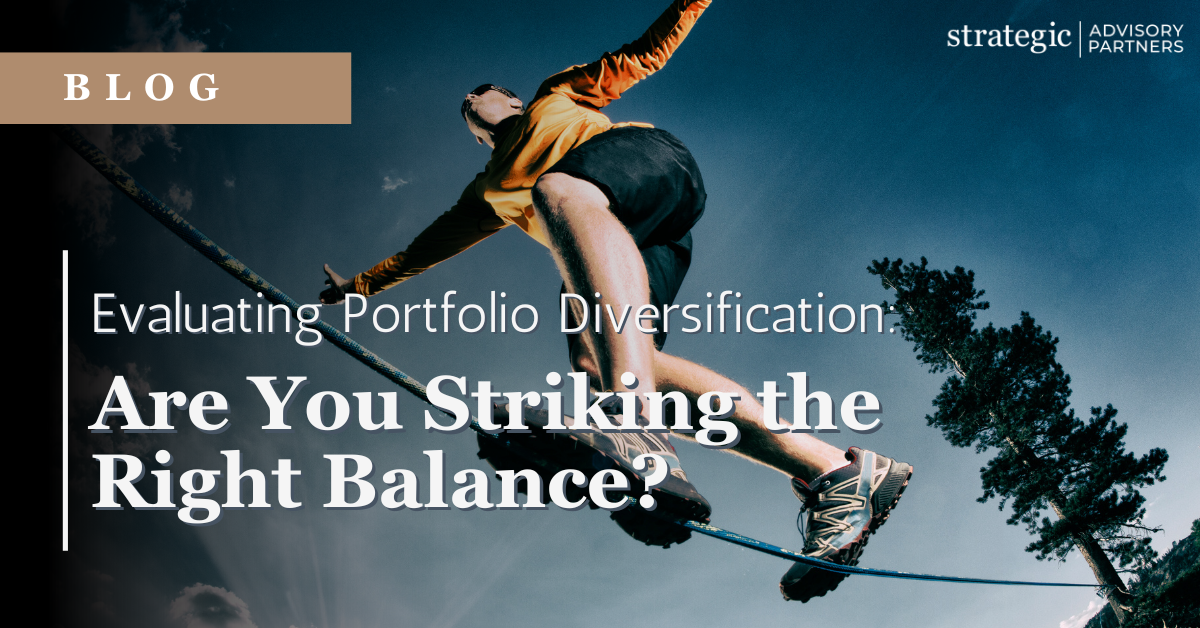
Diversification is a cornerstone of sound investment strategy. It’s the practice of spreading your investments across various asset classes, industries, and geographic regions to manage risk. However, achieving the right level of diversification is a delicate balancing act. In this blog, we’ll explore how to know if your portfolio is diverse enough and what it means to be either under-diversified or over-diversified.
Why Diversification Matters
Diversifying your investment portfolio is akin to not putting all your eggs in one basket. It helps mitigate the impact of poor-performing assets and reduces the risk of significant losses. Diverse portfolios are typically better equipped to weather market fluctuations, economic downturns, and unexpected events.
How to Determine if Your Portfolio is Diverse Enough
Asset Classes: Check if your portfolio includes a mix of asset classes such as stocks, bonds, cash equivalents, and alternative investments like real estate or commodities. The right allocation depends on your risk tolerance and financial goals.
Industry Sectors: Ensure your investments span various sectors of the economy, like technology, healthcare, finance, and consumer goods. This prevents excessive exposure to a single industry’s performance.
Geographic Regions: Consider if your investments are spread across different geographic regions, including domestic and international markets. This diversification can protect your portfolio from regional economic downturns.
Company Size: Verify if your portfolio includes investments in companies of different sizes, from large-cap to small-cap. Each category carries its own risk and return profile.
Investment Styles: Assess if your portfolio incorporates different investment styles, such as growth, value, and income. These styles respond differently to market conditions.
Number of Holdings: Analyze the number of individual investments in your portfolio. While there’s no one-size-fits-all answer, too few holdings can indicate under-diversification, while too many can suggest over-diversification.
Under-Diversification: The Risks
Being under-diversified means your portfolio is concentrated in a few assets or asset classes. This exposes you to higher risk because a downturn in any one holding can have a significant impact. Signs of under-diversification include:
- High concentration in a single stock or asset class.
- Limited exposure to various sectors or industries.
- Overreliance on a particular investment style.
Over-Diversification: The Pitfalls
On the other end of the spectrum is over-diversification, where your portfolio holds numerous investments, potentially to an excessive degree. This can lead to suboptimal outcomes due to factors like higher costs, complexity, and performance matching the broader market. Signs of over-diversification include:
- A very large number of holdings, making it challenging to manage effectively.
- Minimal performance deviation from benchmark indexes.
- Dilution of the impact of your best-performing assets.
Striking the Right Balance
The right level of diversification depends on your individual financial goals, risk tolerance, and investment horizon. It’s a personal journey that can benefit from the guidance of a financial advisor. They can help you strike the right balance by designing a diversified portfolio tailored to your unique circumstances.
Diversification is a crucial tool for managing risk in your investment portfolio. Evaluating your portfolio’s diversification is an ongoing process that ensures your investments align with your financial objectives. Whether under-diversified or over-diversified, finding the right balance can help you achieve your long-term financial goals while managing risk effectively. Remember that a well-diversified portfolio is a key step toward financial security and peace of mind.

